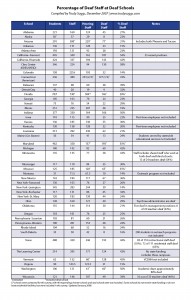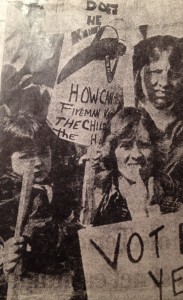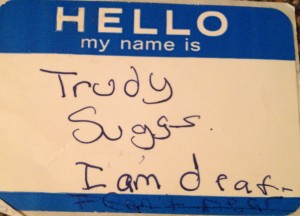Originally appeared at Street Leverage. Presentation given at Potomac Chapter of RID, Columbia, MD, November 2012.
In the spirit of being transparent, the stories I’m about to share might be uncomfortable for some of you. While I would like to speak my truth, I recognize that you have your own truth as well. I trust that you will evaluate the stories I share and recognize the value in them. I actually was, and am, reluctant about presenting today because like many deaf people who speak out, I’ve had to endure a lot of negative feedback for being a “strong personality,” “angry deaf person,” and so on. My goal today is for you, as interpreters, to be open to possibly uncomfortable topics, uncomfortable truths, and uncomfortable analyses—whether they apply to you or not.
I believe that the best way to become bona fide allies is to embrace difficult ideas, opinions and, yes, facts. At the end of the day, we’re all in this together.
Four weeks ago, my two-year-old son fell and broke his leg. A week later, I took him, along with my one-year-old, to the orthopedic doctor for a check-up. Now, I live in a town where there are 250 to 300 deaf people living among 23,000 people; we have the deaf school, so everyone knows how to sign or how to work with interpreters. After about 45 minutes of waiting in the lobby—very unusual for a town of this size—I asked the receptionist about the severe delay. The receptionist never once looked up from her computer, saying that the doctor was backed up. I asked if we could see the doctor since my children were restless, hungry and my son, in a body cast from chest to toe, needed his medicine—which was at home. She said no. I said, “Could you please speak to the doctor or nurse?” She replied, “Oh, no, I can’t do that,” and I repeated my request. She adamantly refused. [Read more…]


